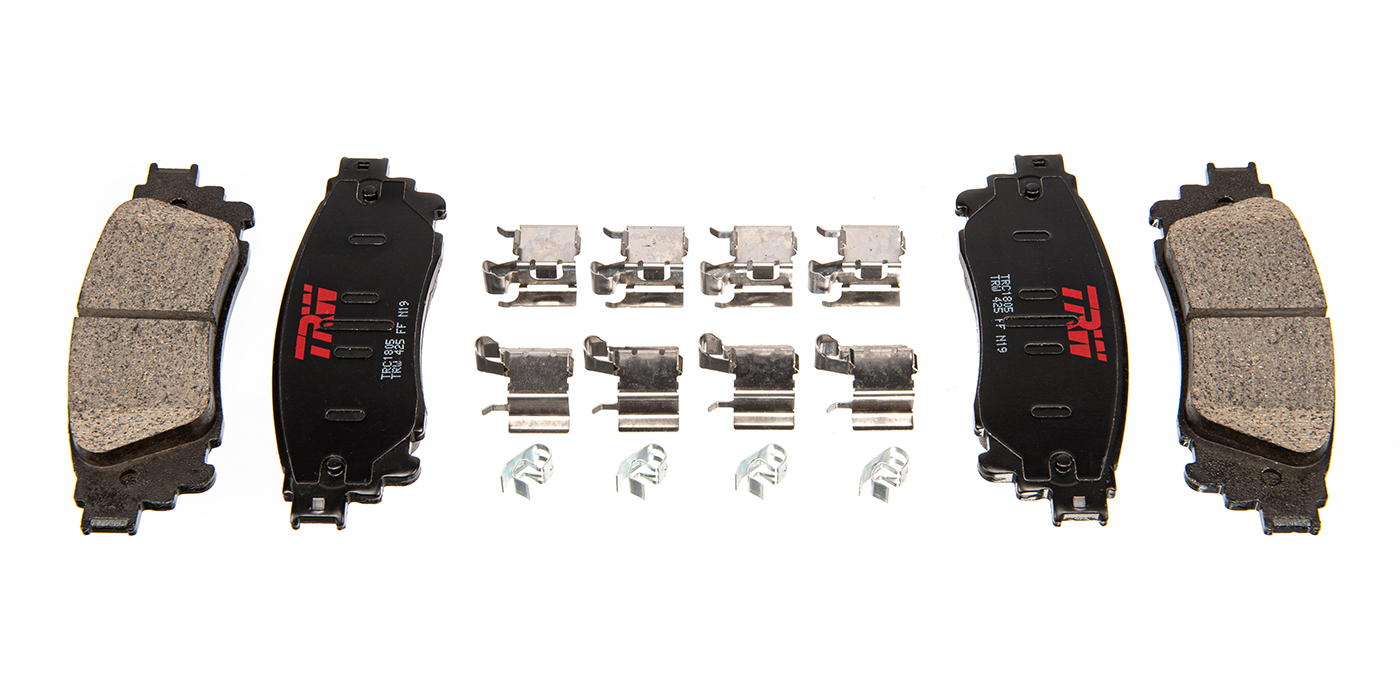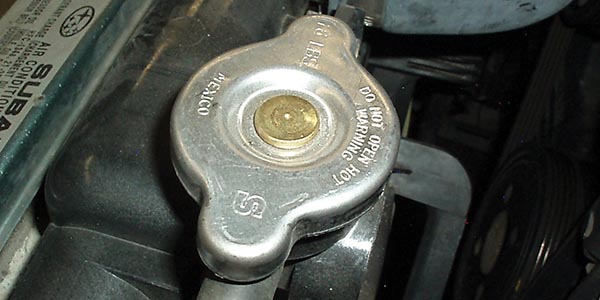I have been seeing a lot of estimates recently that project how much “life” is left in the brake pads. This number is often expressed as a percentage. While I do realize that it is a number most customers might be able to understand, it is misleading and often inaccurate.
The typical estimate says, “20 percent of life left”, or “20 percent of the material left.” What really troubles me is that there is no actual “work” shown on the invoice telling how many millimeters of material is actually left on the backing plate. The “percentage” is just an “eyeball estimate.” This estimate is by no means accurate, and if you asked other technicians, you would get different numbers every time.
This is scary, and this practice could get shops in trouble.
Showing Your Work
In math class we were always asked to “show our work,” so why should it be any different when we are inspecting a critical system like the brakes?
If you were to properly estimate the percentage of material worn on a brake pad, you would first have to know how much was there in the first place. This number is near impossible to find in books or on a database. Sure you could get a new set of pads for the vehicle and use that as a reference, but would you really want to keep that many pads around for just reference?
No brake pad is designed to be worn down to the backing plate. Using the backing plate as the zero point is not a good idea, and gives the customer the wrong impression.
Every vehicle has a “minimum wear specification” for the brake pads. This number is typically between two and three millimeters. At this point, caliper piston travel maybe too excessive, or the friction material attachment method may lose its effectiveness and cause the friction material to shear away from the backing plate.
Also, some pad manufacturers change the friction material formulation in the lower layers to enable the material to flow through the holes in the backing plate. This may cause the material to wear faster than the upper layers. This makes estimating the last 20 percent of the material’s life impossible.
The Right Way
The right way to communicate to a customer if their pads are in need of replacement is to use OEM minimum pad wear specs. These specifications can be found on any repair computer based information database or in a repair manual. For the most part, these specs are between two and three millimeters. But, some vehicles will have a higher specification, like on multi-piston calipers. You should always measure the pad with the most wear.
The minimum wear specification is measured from the backing plate to the lowest point of wear on the friction’s face that contacts the rotor. On some vehicles, this can be measured without disassembly.
The best tool, in my opinion, to use is a metric tapered bore gauge. This tool can be found at most automotive tool stores for less than $15.00. This ruler’s tapered width corresponds to the numbers on the side that are in millimeters. It is like measuring the gap of a spark plug.
This measurement is very credible in the eyes of the customer because you can tie it to an OEM specification.
Stop Using the Eyeball!
I love a percentage just as much as the next guy. But, “eyeballed” percentages should not be used when inspecting brakes. It is a practice that should be stopped right now!












